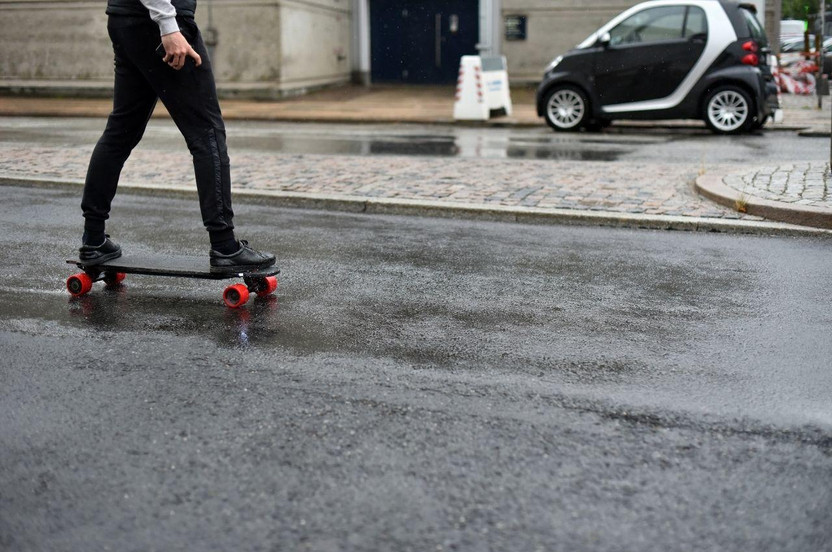The Basics of How Electric Skateboards Work
26th Apr 2021
An electronic skateboard is deceptively different than a regular skateboard. The normal four-wheeled board that people cruise on acts very differently from its electronic counterpart. Simply put, this is because the process of riding a skateboard is complex, and trying to make it electronic means that the basics have to change. To help you understand the basics of how electric skateboards work, read on.
How It Moves
When you are riding a normal skateboard, you have to propel it using some kind of force. The usual method is to push off the ground with your foot. An electric skateboard uses a motor to provide this propulsion. This motor rotates the wheels of the skateboard and provides the momentum you need to move.
Remote Control
Electric skateboards need a way for you to control this motor, and the most common option is a remote control. Typically, you hold the controller in your hand as you ride the skateboard. This will give you control over the speed and the brakes of the skateboard, allowing you to control your ride as you please.
Balance
Maintaining your balance on a remote powered skateboard is not very different from doing so on a regular skateboard. You will still need to stand on it as it moves forward, leaning to balance yourself and stay upright. The major difference is that you do not need to balance on one leg to gain momentum to push off. Instead, you need to be careful of stopping and starting movement, as there can be a slight bump if you are not gentle. Turning, however, is the exact same on both boards.
These are just the basics of how electric skateboards work; there are many more technical parts to the motor, and balancing is something that comes with practice. However, once you have enough time on the board, you should be able to ride it as you want.

